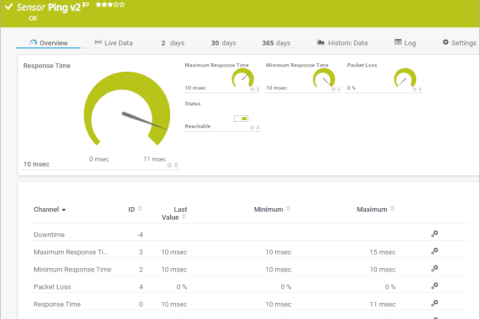Die S-Serie beschäftigt sich mit der Terminal-Technik für Telegraphiedienste.
Start-stop terminals
S.1
International Telegraph Alphabet No. 2
S.2
Coding scheme using International Telegraph Alphabet No. 2 (ITA2) to allow the transmission of capital and small letters
S.3
Transmission characteristics of the local end with its termination (ITA2)
S.4
Special use of certain characters of the International Telegraph Alphabet No. 2
S.5
Standardization of page-printing start-stop equipment and cooperation between page-printing and tape-printing start-stop equipment (ITA2)
S.6
Characteristics of answerback units (ITA2)
S.7
Control of teleprinter motors
S.8
Intercontinental standardization of the modulation rate of start-stop apparatus and of the use of combination No. 4 in figure-shift
S.9
Switching equipment of start-stop apparatus
S.10
Transmission at reduced character transfer rate over a standardized 50-baud telegraph channel
S.11
Use of start-stop reperforating equipment for perforated tape retransmission
S.12
Conditions that must be satisfied by synchronous systems operating in connection with standard 50-baud teleprinter circuits
S.13
Use on radio circuits of 7-unit synchronous systems giving error correction by automatic repetition
S.14
Suppression of unwanted reception in radiotelegraph multi-destination teleprinter systems
S.15
Use of the telex network for data transmission at 50 bauds
S.16
connection to the telex network of an automatic terminal using a V.24 DCE/DTE interface
S.17
Answer-back unit simulators
S.18
Conversion between International Telegraph Alphabet No. 2 and International Alphabet No. 5
S.19
Calling and answering in the telex network with automatic terminal equipment
S.20
Automatic clearing procedure for a telex terminal
S.21
Use of display screens in telex machines
S.22
"Conversation impossible" and or pre-recorded message in response to J/BELL signals from a telex terminal
S.23
Automatic request of the answerback of the terminal of the calling party, by the telex terminal of the called party or by the international network
S.30
Standardization of basic model page-printing machine using International Alphabet No. 5
S.31
Transmission characteristics for start-stop data terminal equipment using International Alphabet No. 5
S.32
Answer-back units for 200- and 300-baud start-stop machines in accordance with Recommendation S.30
S.33
Alphabets and presentation characteristics for the intex service
S.34
Intex terminals - Requirements to effect interworking with the international telex service
S.35
Answerback coding for the Intex service
S.36
Intex and similar services - Terminal requirements to effect interworking between terminals operating at different speeds
Definitions
S.140
Definitions of essential technical terms relating to apparatus for alphabetic telegraphy
Supplements to the Series S Recommendations
Suppl. 1
Minimal specifications for the bilingual (arabic/latin) teleprinter


